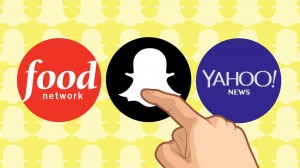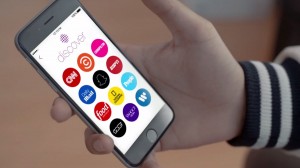Facebook Messenger Adds Friend-To-Friend Payments
In Social Bookmarking, Social Media, Social Media News Brief, Social Networking, Web 2.0 | No comment
Using this feature is fairly simple. A user simply needs to add their debit card information in Facebook Messenger’s setting sections. Then, you select the ‘$’ icon in Facebook Messenger and tap ‘pay’. From there, any user can send any amount of money directly into their friend’s bank account. Facebook has plenty of experience with transactions and mobile payments through their apps and games, so the security of one’s debit card information won’t have to be something to worry about.
Facebook’s goal is to offer this feature as a convenience. They recognize that people are already going to be logging time on Facebook, so why should they have to spend time adding friends to another application like Venmo (an app running similar features, offered by PayPal) when they can already use their existing list of Facebook friends? Though it’s too early to tell if this feature will be the death of other payment apps, Facebook certainly has the upper hand here.










